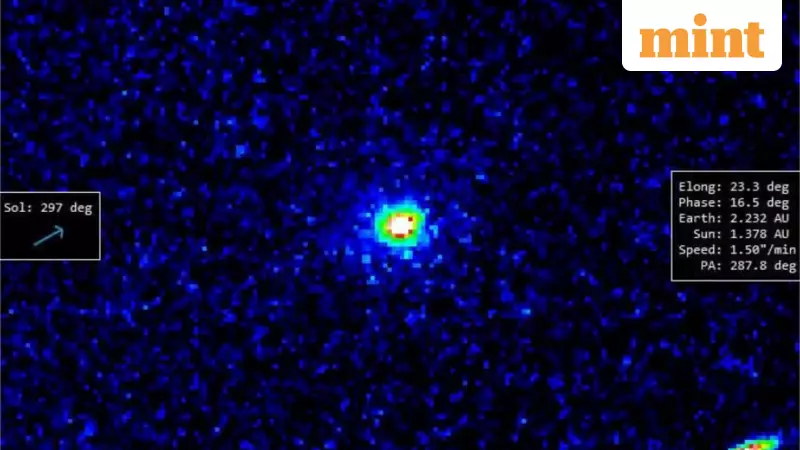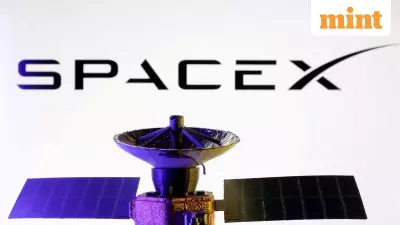
In a development that's sending ripples through the astronomical community, Harvard astronomer Professor Avi Loeb is raising compelling questions about the true nature of the first known interstellar object to visit our solar system. New analysis of the mysterious object dubbed 'Oumuamua reveals characteristics that challenge conventional scientific explanations.
The Missing Tail Mystery
The latest examination of 3I Atlas image data presents a puzzling anomaly: Oumuamua appears to lack the characteristic tail typically associated with comets. This absence contradicts the mainstream theory that the interstellar visitor was merely a comet outgassing as it traveled through our solar system.
"The conventional comet theory doesn't adequately explain the observational data," Professor Loeb stated, highlighting the object's unusual acceleration and trajectory that defied gravitational expectations.
Unusual Characteristics That Defy Explanation
Oumuamua's peculiar properties have baffled scientists since its discovery in 2017. The object exhibited several extraordinary features:
- Unprecedented elongated shape unlike any known asteroid or comet
- Mysterious non-gravitational acceleration that cannot be explained by standard comet outgassing
- Unusual brightness variations suggesting complex rotation
- Complete absence of visible dust or gas emissions typically seen in comets
A Scientific Debate With Cosmic Implications
While most astronomers maintain that Oumuamua has a natural origin, Professor Loeb's persistent questioning of the comet hypothesis has sparked important scientific dialogue. His willingness to consider alternative explanations, including the possibility of artificial origin, challenges the scientific community to think beyond conventional boundaries.
The ongoing debate underscores how much we have yet to learn about interstellar objects and the potential for discovering evidence of extraterrestrial technology. As more sophisticated telescopes come online, astronomers hope to detect more interstellar visitors that might provide clearer answers to these cosmic mysteries.
This scientific controversy represents more than just academic disagreement—it highlights the evolving nature of space discovery and the importance of maintaining open-minded scientific inquiry when confronted with unexplained phenomena.





